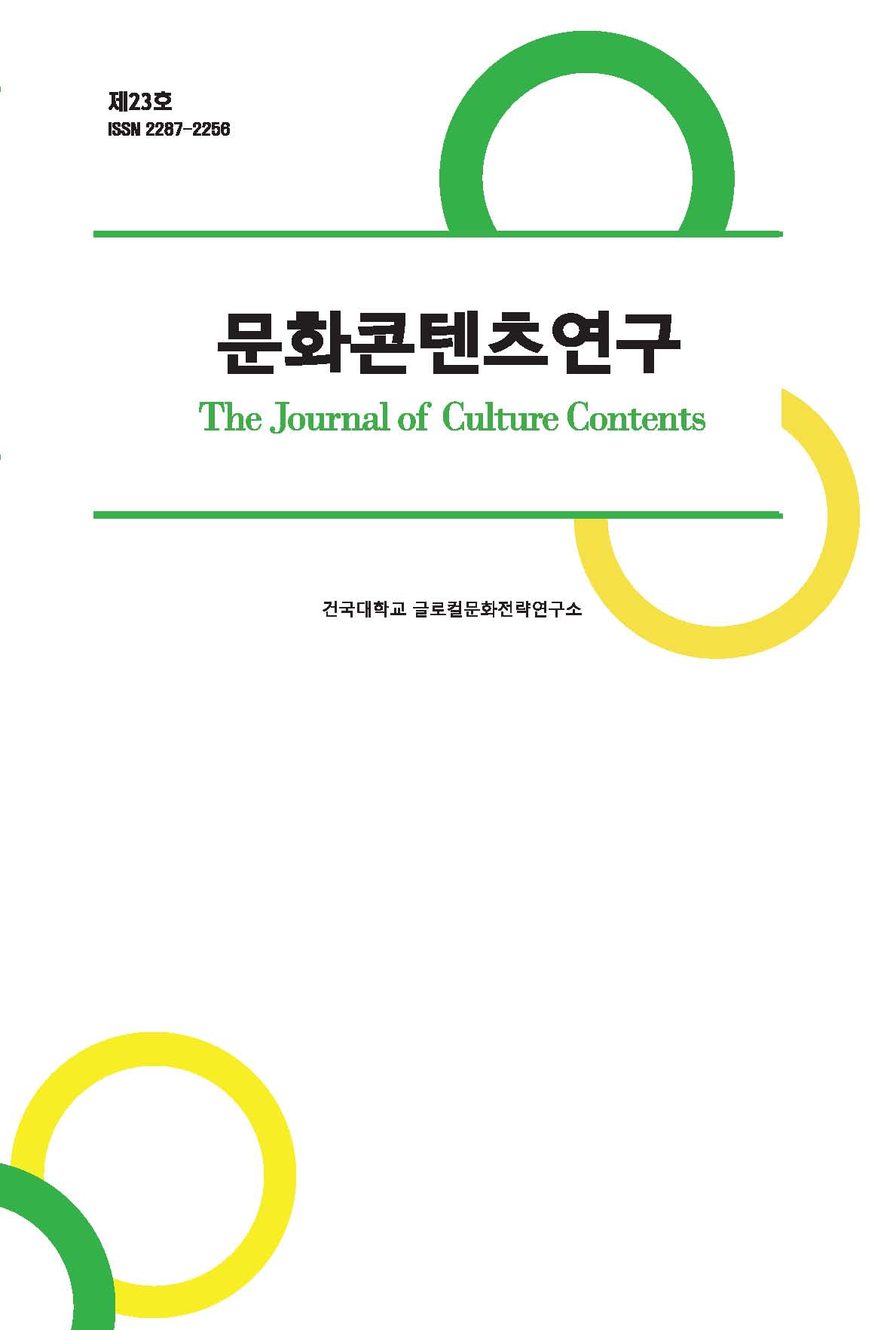Abstract
References
Information
“Children of the Nation” refers to more than 3,000 orphans of Han Nationality who were adopted and grown up by Mongolian families in the Inner Mongolia region during the Great Famine of the early 1960s. The study looked at the specific ways of rewriting contemporary Chinese history, which was reconstructed into films, focusing on films “My Mongolian Mother (額吉)” (2010) and “In Search of Lost Time (海的尽头是草原)” (2022), based on the story of orphans of Han Nationality raised in a Mongolian family called “Children of the Nation” and analyzed how to highlight the image of the state and the party and persuade the public in the process.
The movie based on “Children of the Nation” is a narrative of overcoming disasters by national unity. At the same time, the orphans of Han Nationality grow into new family members in the grasslands. However, the melodramatic characteristics of emotional excess stood out because historical true stories were treated at the ethical and emotional level of families and individuals. In terms of characters, Mongolian adoptive mother served as an embodiment of the maternal myth and a replacement for the state. The orphans of Han Nationality, who grow up to be children in the grasslands with the support of the party and the government, served as a person seeking reconciliation with caregivers in the process of healing their inner trauma. In addition, the background of the movie “Children of the Nation” was reproduced as an image of hospitality, and the harsh real history was depicted as a hidden romantic space, revealing its limitations.
The movie based on “Children of the Nation” is a narrative of overcoming disasters by national unity. At the same time, the orphans of Han Nationality grow into new family members in the grasslands. However, the melodramatic characteristics of emotional excess stood out because historical true stories were treated at the ethical and emotional level of families and individuals. In terms of characters, Mongolian adoptive mother served as an embodiment of the maternal myth and a replacement for the state. The orphans of Han Nationality, who grow up to be children in the grasslands with the support of the party and the government, served as a person seeking reconciliation with caregivers in the process of healing their inner trauma. In addition, the background of the movie “Children of the Nation” was reproduced as an image of hospitality, and the harsh real history was depicted as a hidden romantic space, revealing its limitations.
‘국가의 아이들(國家的孩子)’은 1960년대 초 대기근 시기 내몽고 몽고족 가정에 입양되어 성장한 3,000여 명의 한족 고아들을 가리킨다. 본 연구는 ‘국가의 아이들’로 불리는 몽고족 가정에서 양육된 한족 고아 이야기를 기반으로 제작한 영화 <나의 몽고 어머니(額吉)>(2010)와 <바다의 끝은 초원(海的尽头是草原)>(2022)을 중심으로 영화로 재구성된 중국 현대사 다시 쓰기의 구체적인 방식을 살펴보고, 그 과정에서 어떤 방식으로 국가와 당의 이미지를 부각하고, 대중을 설득하는지 분석했다.
‘국가의 아이들’ 소재 영화는 민족 단결에 의한 재난극복의 서사이면서 동시에 한족 고아들이 초원의 새로운 가족 구성원으로 성장하는 서사이다. 하지만 역사적 실화를 가정과 개인의 윤리, 즉 정서적 차원으로 다루었기에 감정 과잉의 멜로드라마적 특성이 두드러졌다. 캐릭터 측면에서 몽고족 양어머니는 모성신화의 체현자이자 국가의 대체자로서 기능했다. 당과 정부의 지원 속에 초원의 자녀로 성장하는 한족 고아는 내면의 트라우마를 치유하는 과정에서 양육자와 화해를 추구하는 인물로 국가의 능력을 보여주는 기능을 수행했다. 또 ‘국가의 아이들’ 소재 영화의 배경인 내몽고 초원은 환대의 이미지로 재현되었고, 엄혹했던 실제 역사가 은폐된 낭만적 공간으로 그려지면서 한계를 드러냈다.
‘국가의 아이들’ 소재 영화는 민족 단결에 의한 재난극복의 서사이면서 동시에 한족 고아들이 초원의 새로운 가족 구성원으로 성장하는 서사이다. 하지만 역사적 실화를 가정과 개인의 윤리, 즉 정서적 차원으로 다루었기에 감정 과잉의 멜로드라마적 특성이 두드러졌다. 캐릭터 측면에서 몽고족 양어머니는 모성신화의 체현자이자 국가의 대체자로서 기능했다. 당과 정부의 지원 속에 초원의 자녀로 성장하는 한족 고아는 내면의 트라우마를 치유하는 과정에서 양육자와 화해를 추구하는 인물로 국가의 능력을 보여주는 기능을 수행했다. 또 ‘국가의 아이들’ 소재 영화의 배경인 내몽고 초원은 환대의 이미지로 재현되었고, 엄혹했던 실제 역사가 은폐된 낭만적 공간으로 그려지면서 한계를 드러냈다.
- 로버트 B. 헤일만, 김상현 옮김, 『비극과 희극, 그 의미와 형식』, 고려대학교 출판부, 1995.
- 벤 싱어, 이위정 옮김, 『멜로드라마와 모더니티』, 문학동네, 2009.
- 피터 브룩스 지음, 이승희 외 옮김, 『멜로드라마적 상상력』, 소명출판사, 2013.
- 허은희, 「영화 캐릭터(Character)의 이해와 분석의 실제」, 『현대영화연구』 Vol. 19, 2014.
- 강내영, 「‘新주선율’과 ‘汎주선율’ — 중국 주선율 영화의 변천과 이데올로기 창출 연구」, 『中國文學硏究』제49집, 중국문학학회, 2012.
- 이강원, 「文化大革命과 小數民族地區의 政治地圖 : 내몽고자치구와 어룬춘자치기의 사례」, 『한국지역지리학회지』 제8권(제1호), 한국지역지리학회, 2002.
- 马利, 三千孤儿和草原母亲, 内蒙古教育出版社, 2009.
- 郝維民, 內蒙古自治區史, 內蒙古大學出版社, 1991.
- 郝維民 主編, 內蒙古通史. 第7卷, 北京, 人民出版社, 2011.
- 饶曙光 等著, 中國少数民族电影史, 中國電影出版社, 2011.
- 賈學妮、饒曙光, “共同體視域下少數民族題材電影的認同問題”,當代電影, 2021年第12期.
- 吳海山,““三不兩利”政策和“穩、寬、長”原則的歷史意義——紀念烏蘭夫誕辰110周年”, 內蒙古師範大學學報(哲學社會科學版), 2017年 1月 제46卷 제1期.
- 饒曙光, 尹鵬飛, “《海的盡頭是草原》:少數民族電影的共同體敘事新探索”, 當代電影, 2022年 第10期.
- 周飛舟, ““三年自然災害”時期我國省級政府對災荒的反應和救助研究”, 社會學研究, 2003年 第2期.
- 中國網 http://grassland.china.com.cn
- <中華人民共和國最高人民檢察院特別檢察廳起訴書> https://zh.wikisource.org/wiki
- Publisher :Research Institute of Creative Contents
- Publisher(Ko) :글로컬문화전략연구소
- Journal Title :The Journal of Culture Contents
- Journal Title(Ko) :문화콘텐츠연구
- Volume : 29
- No :0
- Pages :305-329
- DOI :https://doi.org/10.34227/tjocc.2023..29.305



 The Journal of Culture Contents
The Journal of Culture Contents





